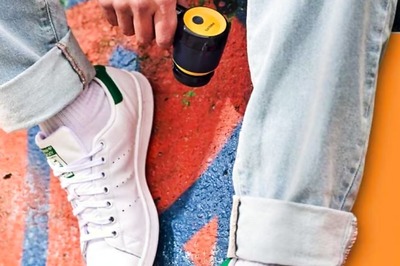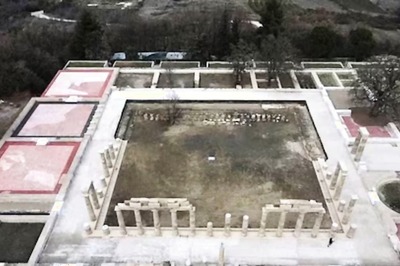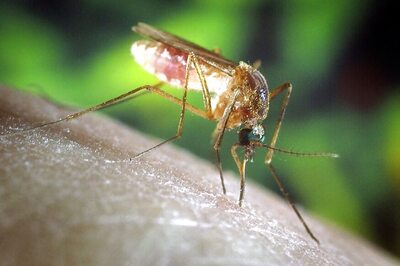
views
Have you ever thought what it would be like to travel in a car that has just the speedometer and no fuel gauge? This question was once posed by Food and Agriculture Organisation’s (FAO) former chief economist CTS Nair.
“You are forever striving to increase the speed but you never realise what is being used up. Our present development initiatives and evaluation of growth are just like this, looking just at the speedometer. They never take into account the raw materials that are being used up,” he said.
Why is development, growth and industries insisting on being blind to reality? Even when the country’s highly intelligent planners call for filling up of paddy fields and setting up industries, why don’t they realise they would need sources of water for the industries to survive as well?
Erratic rainfalls, increasingly hot summers, drying up of rivers and shortage of water have forced to people, including corporates, all over the globe to think hard. Every corporate and every government knows that they have to go green to maintain the health of this beautiful planet. And one of the very firsts among the corporate giants to take the lead has been Microsoft.
The conclusion of the IUCN World Conservation Congress in South Korea last week saw some landmark decisions including the one to create Red List of ecosystems. Microsoft and IUCN announced the formation of a new partnership to effectively utilise the data available on the IUCN Red List of Threatened Species. With this tie-up, Microsoft has become the first corporate member of The IUCN Red List partnership.
Microsoft unveiled a new software application, that will aid in collecting spatial information on threats to particular species and common threats to different species. For example, tigers at different locations may face the same threats or the tigers may face the same threats as elephants in the same location. Sometimes, conservation efforts for one species may turn out to be detrimental to some other species.
This new software, developed by Microsoft’s Computational Science Laboratory in Cambridge with design support from researches in the DigiLab at the University of Arts London, will allow the Lab to use the data more effectively. In other words, it would help to design conservation models for specific species, different species and even ecosystems.
Apart from the new software, Microsoft will provide a combination of scientific expertise and technical expertise under the leadership of Dr Lucas Joppa, a leading ecologist based in Microsoft Research’s Computational Science Laboratory.
Dr Lucas Joppa’s lab will help IUCN to more accurately understand current and future extinction threats to the world’s plant, fungi and animal species. Needless to say, this would enable better conservation policy frameworks to be devised. Moreover, Microsoft will also support in hosting and communicating The IUCN Red List information more broadly.
The IUCN Red List, the most comprehensive information source on the global conservation status of animal, fungi and plant species, has assessed more than 63,000 species so far. The results are disturbing: 41 percent of amphibians, 33 percent of reef building corals, 25 percent of mammals and 13 percent of birds are facing extinction threats.
Dr Simon Stuart, Chair of the IUCN Species Survival Commission said: “The quality of environmental data is of paramount importance and we believe this partnership will contribute to the protection of threatened species across the globe.”
(Keep track of the Sci-bug column every Saturday)




















Comments
0 comment